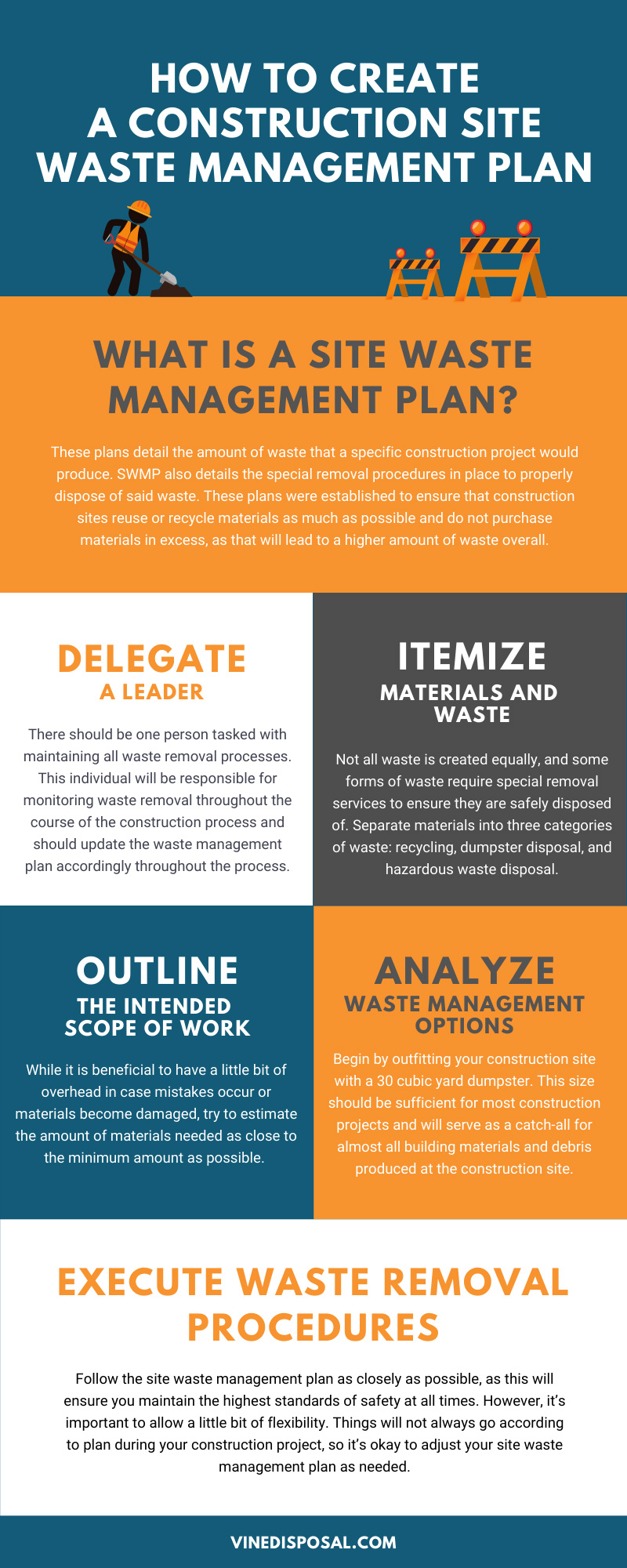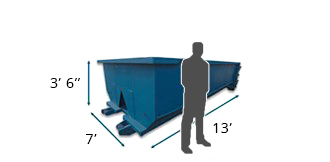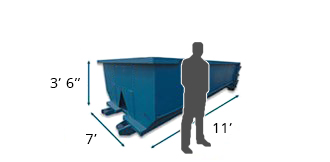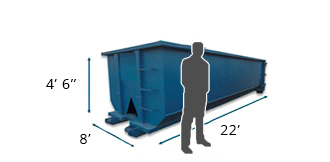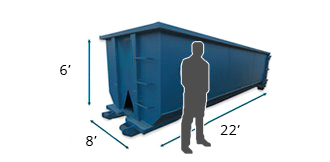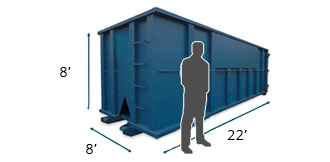
What Is a Construction Site Waste Handling Plan?
A construction site waste handling plan, also called SWHP, is a simple plan that tells builders how to handle waste safely during construction projects. It helps construction workers know how much waste there will be and explains how to get rid of it the right way. The goal is to reduce waste, recycle materials, and protect workers, people nearby, and the environment.
Why Do You Need a Waste Handling Plan for Construction?
A waste handling plan keeps construction workers safe, the site organized, and the area clean. It ensures harmful materials don't hurt the environment or nearby people. With a good plan, less waste goes to landfills, and more materials get reused or recycled.
How Do You Create a Construction Waste Handling Plan?
Here are simple steps to create your own waste handling plan:
1. Pick a Waste Leader
Choose one person to be in charge of the waste plan. This leader makes sure everyone follows the rules and keeps the site clean and safe. They track waste and adjust the plan if needed.
2. Plan Your Project Carefully
Meet with your team to decide what work needs to be done. Write down everything you'll need, like wood, bricks, paint, and tools. Don't order more than necessary. This helps reduce waste.
3. Make a List of Your Waste
List each type of waste your project will produce. Sort it into three groups:
-
Recycling: Items like wood, metal, and cardboard.
-
Regular Waste: Things you can put into dumpsters.
- Hazardous Waste: Materials that are dangerous, such as paint, glue, or items with chemicals.
4. Choose Your Waste Removal Services
Most waste can be thrown in a dumpster. A dumpster that holds 30 cubic yards is good for most projects. Larger projects might need more dumpsters. For dangerous waste, hire a special company. You can also rent a construction roll-off dumpster from Vine Disposal for hassle-free, affordable, and efficient service.
5. Start Using Your Waste Handling Plan
Follow your waste handling plan to keep everyone safe. Sometimes things might change during your project, and that's okay. Your waste leader will help make changes if needed.
Having a good construction site waste handling plan makes the project safer, protects the environment, and keeps your neighborhood clean.
